Soil gas - Wikipedia
The primary soil gases are nitrogen, carbon dioxide and oxygen.[2] Oxygen is critical because it allows for respiration of both plant roots and soil organisms. Other natural soil gases include nitric oxide, nitrous oxide, methane, and ammonia.[3] Some environmental contaminants below ground produce gas which diffuses through the soil such as from landfill wastes, mining activities, and contamination by petroleum hydrocarbons which produce volatile organic compounds.[4]
Gases fill soil pores in the soil structure as water drains or is removed from a soil pore by evaporation or root absorption. The network of pores within the soil aerates, or ventilates, the soil. This aeration network becomes blocked when water enters soil pores. Not only are both soil air and soil water very dynamic parts of soil, but both are often inversely related.
Composition
[edit]Composition of Air in Soil and Atmosphere[5]
| Gas | Soil | Atmosphere |
|---|---|---|
| Nitrogen | 79.2% | 78.0% |
| Oxygen | 20.6% | 20.9% |
| Carbon Dioxide | 0.25% | 0.04% |


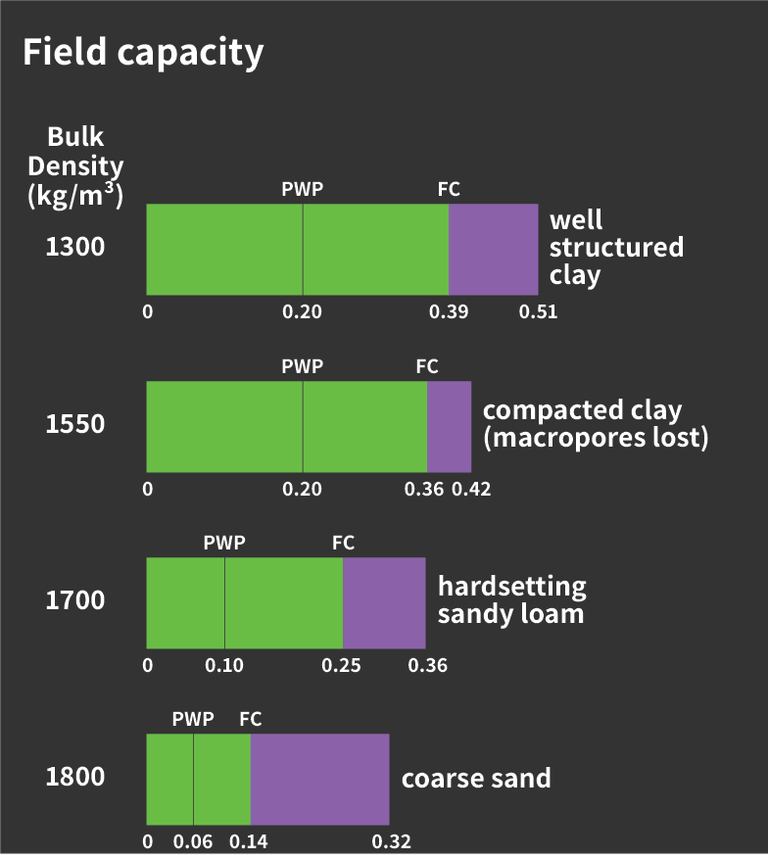
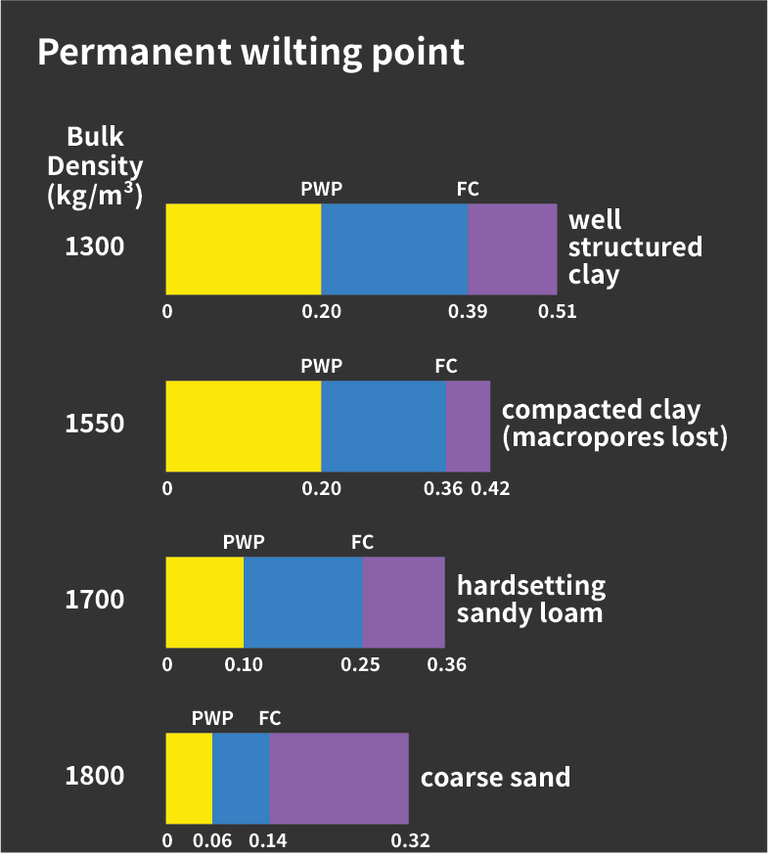


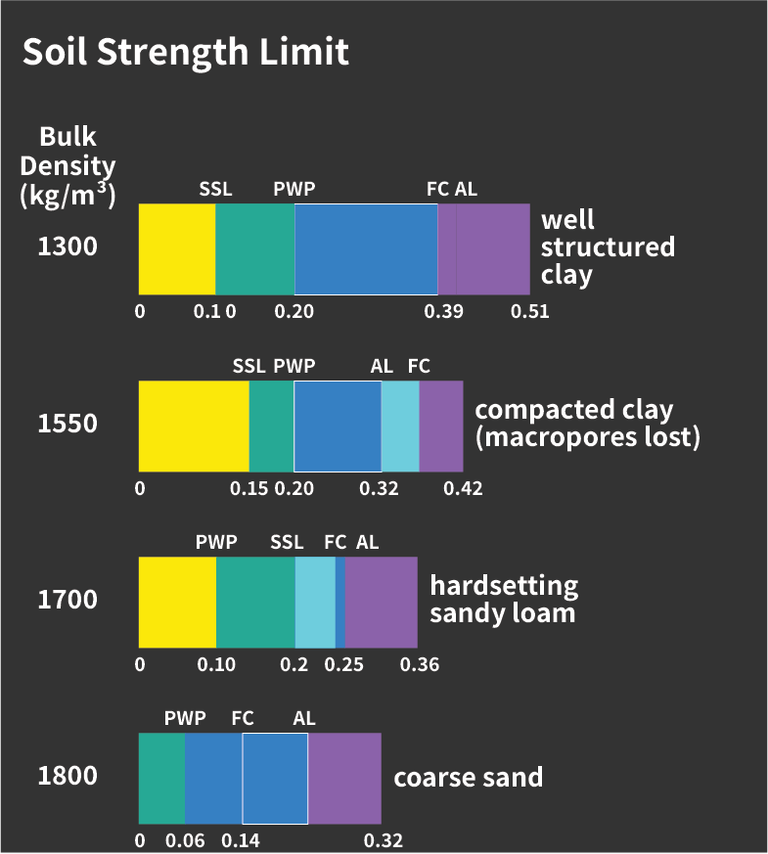
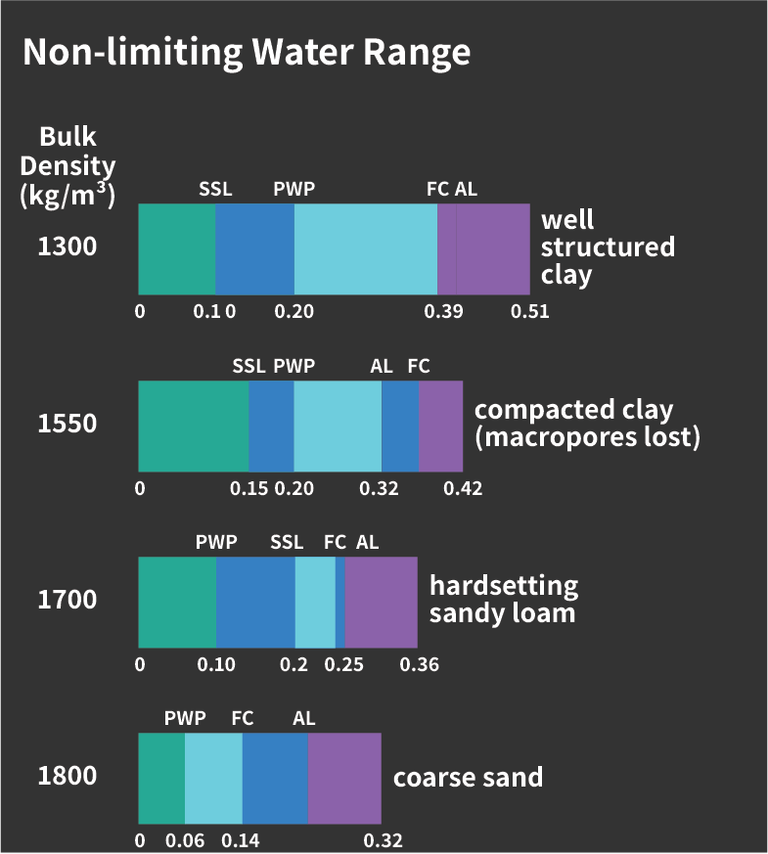







.png)

